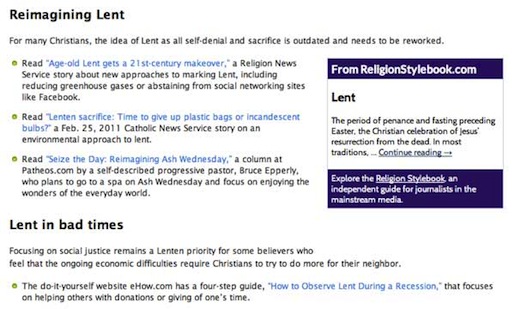A formal proceeding at the Vatican in which a priest is “returned to the lay state.” This means he is free to marry and is no longer required – or permitted – to say Mass, although in an emergency he can give final sacraments to a dying person. Technically, he remains a priest, but only in the eyes of God, because the Catholic Church believes that ordination leaves an indelible mark on the soul. Most laicizations are done at the request of the priest, though some are carried out involuntarily as punishment for serious offenses. Even voluntarily laicized priests are restricted from certain activities open to other lay Catholics, such as serving as an extraordinary minister of the Eucharist, also known as a lay Eucharistic minister. The pope must approve all requests for laicization. Although this is colloquially known as “defrocking,” the Catholic Church does not use that word, and it fails to distinguish between laicization and a variety of lesser measures in which a priest can be forbidden to wear clerical garb.
laicization
This entry was filed in Catholicism. Bookmark the permalink.
Feel free to email us with questions and comments. Feeling lucky? Go to a random entry.

